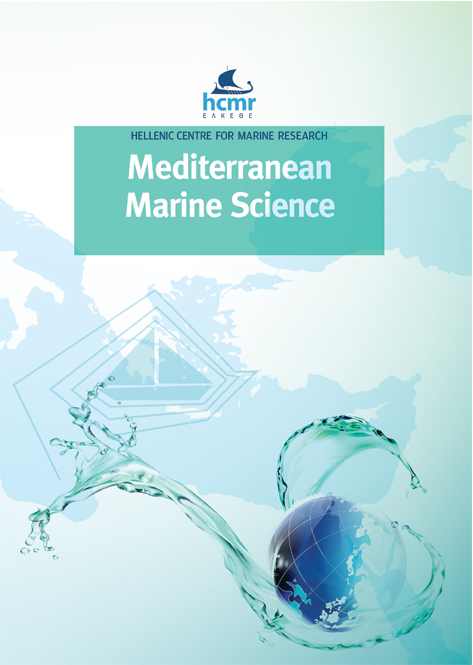First genetic survey on the invasive rayed pearl oyster Pinctada radiata (Leach, 1814) populations of the Balearic Islands (Western Mediterranean)
Περίληψη
A survey of the invasive pearl oyster Pinctada radiata along the Balearic Archipelago was conducted based on the COI mitochondrial marker. Results confirmed the identity of the specimens as P. radiata. The Balearic populations are certainly of Indo-Pacific origin but not from the Persian Gulf nor from other introduced populations in the eastern or central Mediterranean, therefore the precise origin remains to be discovered. Despite the small number of samples from the Persian Gulf compared to the Mediterranean, the haplotype diversity is higher in the native populations compared to the non-native.
Λεπτομέρειες άρθρου
- Πώς να δημιουργήσετε Αναφορές
-
AGUILO-ARCE, J., FERRAGUT F., J., PNG-GONZALEZ, L., CARBONELL, A., & CAPA, M. (2023). First genetic survey on the invasive rayed pearl oyster Pinctada radiata (Leach, 1814) populations of the Balearic Islands (Western Mediterranean). Mediterranean Marine Science, 24(3), 666–678. https://doi.org/10.12681/mms.34195
- Ενότητα
- Short Communication
Authors who publish with this journal agree to the following terms:
- Authors retain copyright and grant the journal right of first publication with the work simultaneously licensed under a Creative Commons Attribution Non-Commercial License that allows others to share the work with an acknowledgement of the work's authorship and initial publication in this journal.
- Authors are able to enter into separate, additional contractual arrangements for the non-exclusive distribution of the journal's published version of the work (e.g. post it to an institutional repository or publish it in a book), with an acknowledgement of its initial publication in this journal.
- Authors are permitted and encouraged to post their work online (preferably in institutional repositories or on their website) prior to and during the submission process, as it can lead to productive exchanges, as well as earlier and greater citation of published work (See The Effect of Open Access).






